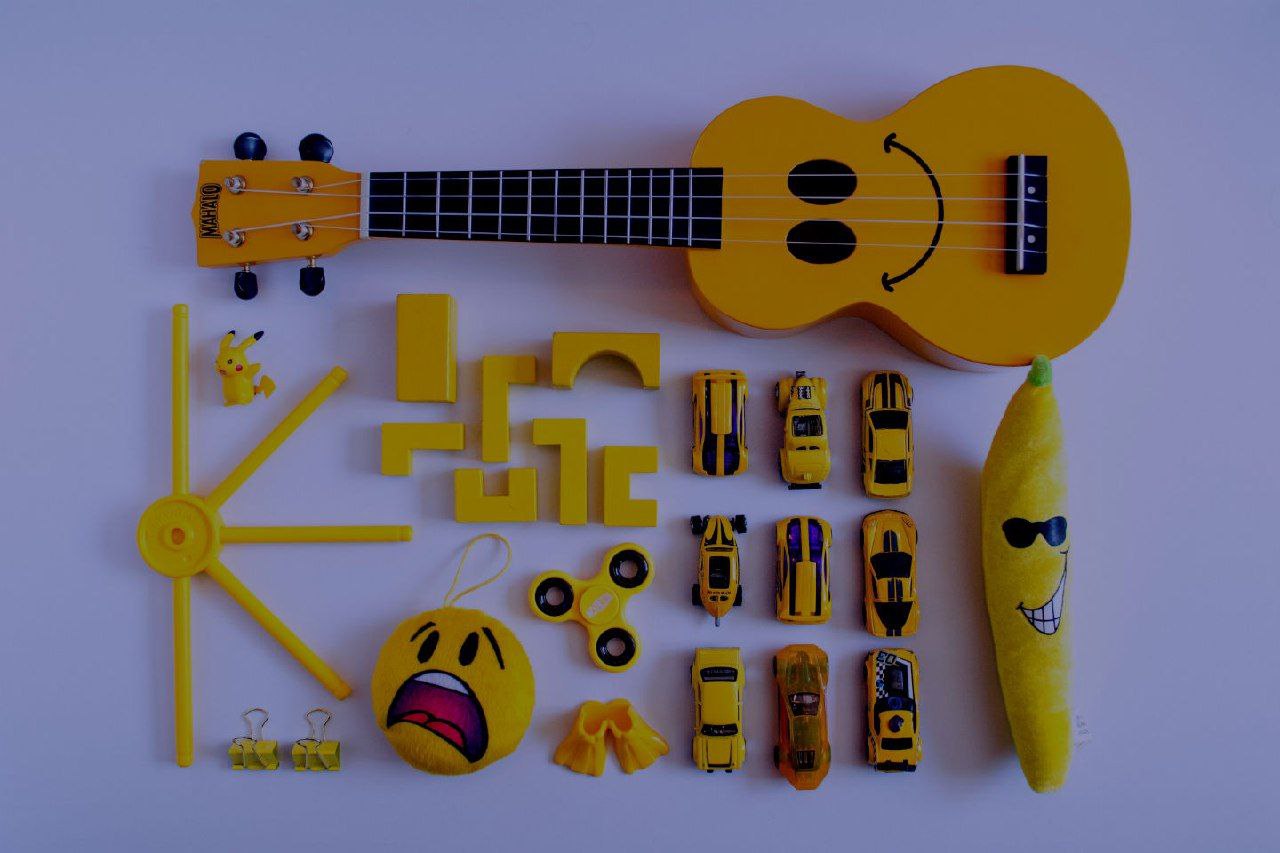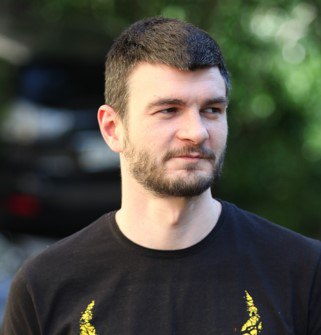The international language of emotions and events: the art of highlighting
The event sphere is a constant source of positive emotions. But even the most pleasant moments need to be presented so that the guest does not get oversaturated with the event and makes it stand out from others.
Emotions are an instant response to a certain stimulus. There is a set of basic emotions that everyone experiences, but scholars' opinions about emotions quantity differ. If you follow the approach of Paul Ekman, the prototype for the protagonist of the series Lie To Me, there are seven of them. It is joy, surprise, anger, sadness, fear, contempt, and disgust. All of them can influence our state in one way or another, and it is important to express each of them. But the gaze is always directed towards those who make our days happier.
From a marketing point of view, emotion is an important part of the long-term impression of a product. Thanks to it, we increase the memorability of the message/communication. The brighter the emotion, the longer the memories associated with it will remain in our minds.
The event is a set of well-thought-out emotional accents
Each event is a story, and each story is written through the tempo rhythm. For example, there is an interesting technique for controlling guest dynamics with music. The average number of heartbeats is 80/minutes. If the musical beat is below this level, the guests are in the lounge mode, and if, on the contrary, it is higher, they are more inclined to activities and dances.
Basically, the Pareto law, transformed by Shumovych, works, where 80% is devoted to the familiar and 20% to novelty. And also, 20% of bright moments give 80% of bright emotions. Actually, for this purpose, WOW elements are created.
The strongest emotions arise at the moment of anticipation of a future event. And the achievement of this effect can be equated to a jackpot. It depends on the previous experience of the guests, their perception of the world, and their values in life.
It is important to plan the highlights at the beginning and the climax of the story: they set the guests up for a positive experience.
Of course, depending on events types and objectives, the emphasis on emotions shifts in one way or another.
Each event has its own emotions
In the case of a conference, we focus on the dominance of the emotion of involvement, satisfaction with the work process, seriousness, and significance.
If the event's goal is fun, retreat, relaxation, emotions of joy, and drive are appropriate.
When an event combines several formats, you have to think through the accents on the mood hourly. Moreover, emotions must be served in dosage and intermittently, like coffee or wine, the taste of which is better felt after rinsing the mouth with water.
Several universal solutions allow you to form a positive impression: absence of long waiting and queues, clear navigation, compliance with the schedule, and other elementary things. On the other hand, a set of techniques will be effective for a particular audience and will cause a positive response from it. Therefore, the most important stage in preparing for any event is a thorough study of the target audience.
In some cases, you can get on the right side of guests using an unusual platform. A striking example of such tactics use is The Lost Lectures. Organizers choose secret, unexpected locations worldwide for their events: an inactive pool, a lighthouse, a boxing ring, fishing docks, and abandoned theaters. Here you can get the very effect of anticipation, and when you are in an unusual place, emotions reach their peak, constantly fueled by interesting performances and game elements.
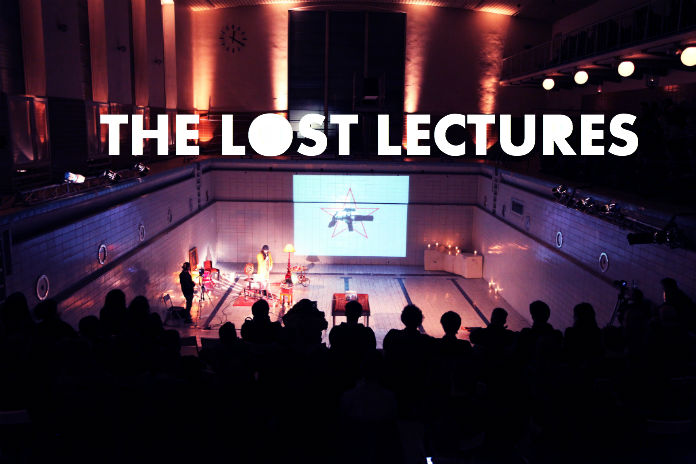
Our agency's experience is the closed metro station "Lvivska Brama," a hockey rink in Dnipro city, the "Golden Gate" museum, panoramic roofs, cinemas, castles.
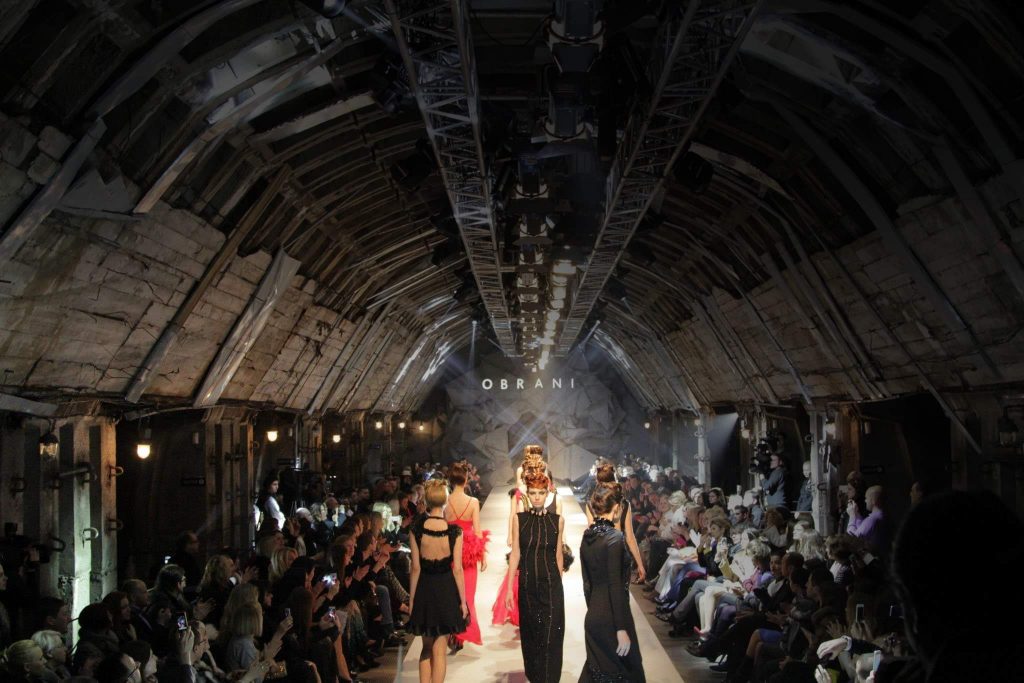
You don't have to put on a big show to be remembered and evoke strong emotions. Sometimes it is enough to provide guests with the opportunity to try something new, but in such a way that it is comfortable and acceptable for each event participant. Or, on the contrary, give them a sense of nostalgia and make them immerse themselves in memories. At one American event, the main discovery for visitors was… a bar with sweets. The thing is that the guests were treated to s'mores, a traditional dessert associated with childhood. Marshmallows with cookies and chocolate struck everyone in the heart, promoted lively communication, and helped the event remain in its participants' memory for a long time.
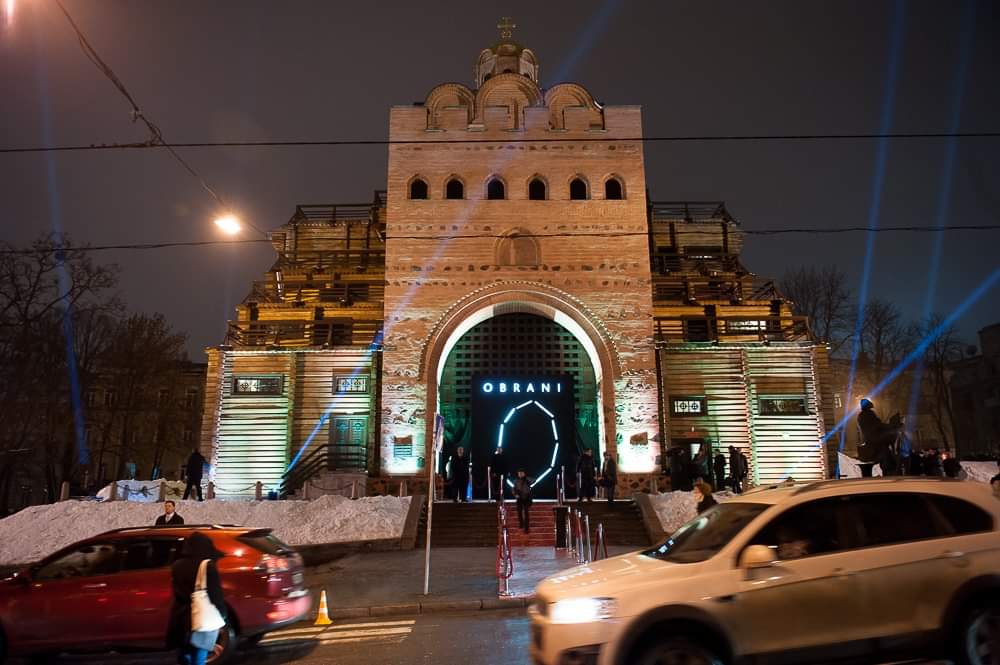
The younger audience of RedBull, on the other hand, prefers the thrill. Therefore, all the brand's events are designed for extreme sports fans and are accompanied by appropriate activities.
Of course, a more subtle emotional mood is created by the director of the event. The organizers' task is to provide him with access to all the necessary tools: music, video, special effects, and much, much more.
Another important point during the event is the ability to change the emotional mood of the guests right during the event. Actually, this is what events are valuable. We can definitely deliver predictable emotional outcomes, unlike movies. (We react in real-time, and the films are pre-shot and unchangeable.) But there are exceptions when certain methods do not justify expectations, and you have to move on to plan B.
Sometimes our agency had to rewrite the script on the fly and change the entertainment scheme since the planned structure did not "enter" the guests. Therefore, it is important to quickly read the mood of the public and react to such a development of events.
Events accompany human civilization for the entire cycle of its development. They have become so deeply embedded in a culture that it is easier to change the culture than cancel events. Today events are more traditional in structure than it seems at first glance. Over time, only the set of tools changes, depending on the audience's request.
Emotions are our non-verbal language, thanks to which we understand each other better, become more involved in different ideas. It is an international language transmitted through facial expressions. Emotions accompany the work of the event agency at all stages. During live communication with the client, they help establish contact. During the preparation stages, they promote team cohesion and minimize oversights. And during the event, they help to make it a special one in the life of each of its participants. Therefore, the ability to pick up tools in a delicate way to evoke emotions and implement an idea is half the success and an indicator of professionalism.

